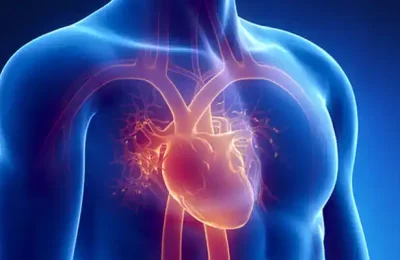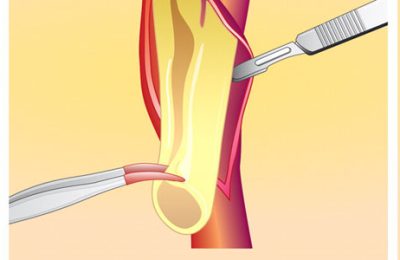Underarm Heart Surgeries
These are heart surgeries performed through a small incision under the right armpit, between the ribs, without cutting any bone or muscle and without opening the chest bone (sternum).
-Mitral valve repair or replacement
-Aortic valve repair or replacement
-Tricuspid valve repair or replacement
-Double valve repair or replacement
-Triple valve repair or replacement
-Right coronary artery bypass
-Atrial septal defect (ASD)
-PFO repair
-Ventricular septal defect repair
-Removal of myxoma and fibroblastoma (intracardiac tumors)
Who Can Have Underarm Surgeries?
These procedures can be applied to all heart valve patients and those requiring heart defect repair, regardless of age, weight, or gender.
How Are Underarm Surgeries Performed?
An incision of 6-8 cm is made parallel to the breast fold through the right armpit to access the heart valve between the ribs. In many cases, endoscopic visualization and instruments are used to further reduce the incision size. With video-assisted endoscopic surgical techniques, the procedure becomes easier, more comfortable, and safer. (Figure 1)

Our team was the first in Turkey to perform double valve surgery (AVR+MVR) and the first in the world to perform triple valve surgery (AVR+MVR+TVR) through the underarm. We also hold the record for the largest series of underarm heart surgeries.
What Are the Advantages of Minimally Invasive Approaches Using Underarm Incisions and Video-Assisted Endoscopic Techniques?
– Faster post-operative recovery
– Shorter intensive care and hospital stay
– Reduced need for blood transfusions
– Less pain after surgery
– Patients can sleep in any position; no need to lie flat on their back for long like in sternotomy cases
– Especially beneficial for obese patients or those with sleep apnea who can’t sleep on their backs
– Patients can get out of bed on their own, lie down comfortably, cough easily, with no risk of sternum opening
– No risk of sternum opening, especially in elderly, osteoporotic, or obese patients, as no bones are cut
– Surgical wound heals faster
– Almost no risk of hypertrophic scarring (keloid) which is more common in sternotomy incisions
– Lower infection risk since no bone is cut and sternum remains intact
– Early discharge
– Patients can return to daily life and even fly shortly after surgery
– Can drive their car soon after surgery
– Can wear a seatbelt
– No need to avoid chest impacts
– Can freely use their arms, lift heavy objects, and swim
– The surgical site is under the armpit, making the scar barely visible
– Offers better cosmetic outcomes
Op. Dr. Mahmut Akyıldız
 SABAH NEWSPAPER ARTICLE:
SABAH NEWSPAPER ARTICLE:
A New Era in Heart Surgeries: Goodbye to ‘Sternum Cuts’
It’s time to say farewell to heart surgeries done through long chest incisions involving sternum cuts. Unlike traditional surgeries where the chest bone is cut with a long incision, Cardiovascular Surgeon Op. Dr. Mahmut Akyıldız and his team perform the surgery through a 6–8 cm incision under the armpit.
SUITABLE FOR ALL AGES
In traditional methods, patients had to lie on their backs for 1.5 months after long stays in intensive care. In contrast, with the new method, patients can walk within a few days after surgery. This technique, which has a lower risk of infection, also eliminates aesthetic concerns caused by visible scars, especially in women. Having participated in over 10,000 heart surgeries and personally performed more than 5,000 of them, Dr. Akyıldız now performs these surgeries at Private Medical Park Göztepe Hospital in Istanbul. He stated that these surgeries can be performed on all patients from children to the elderly, regardless of gender. “There is no bone cutting in this method. Unlike the traditional method, the patient does not need to lie on their back for 1.5 months. They can cough easily, and there is no risk of the bone opening,” he added.




